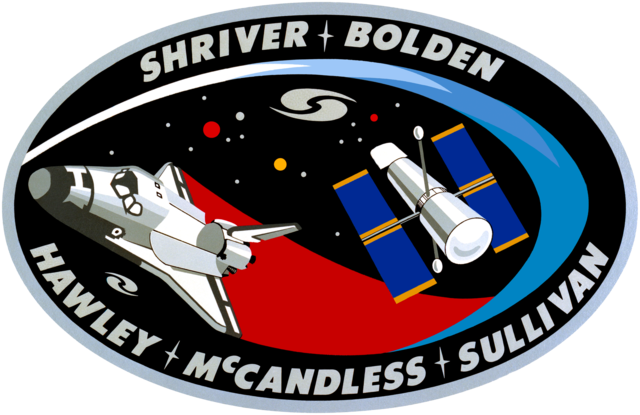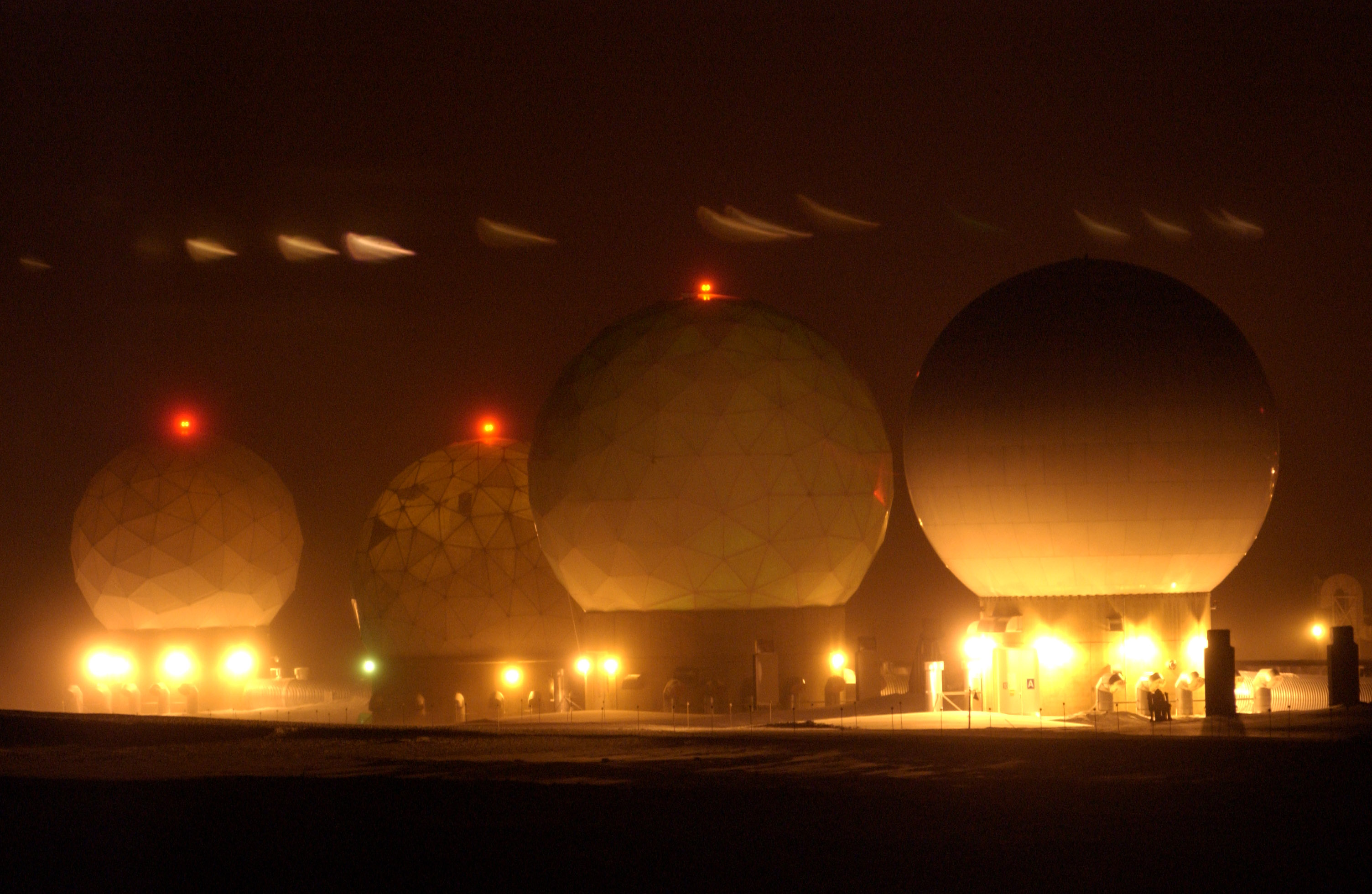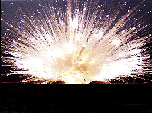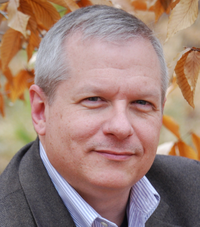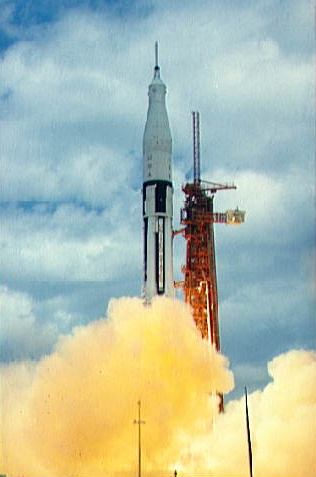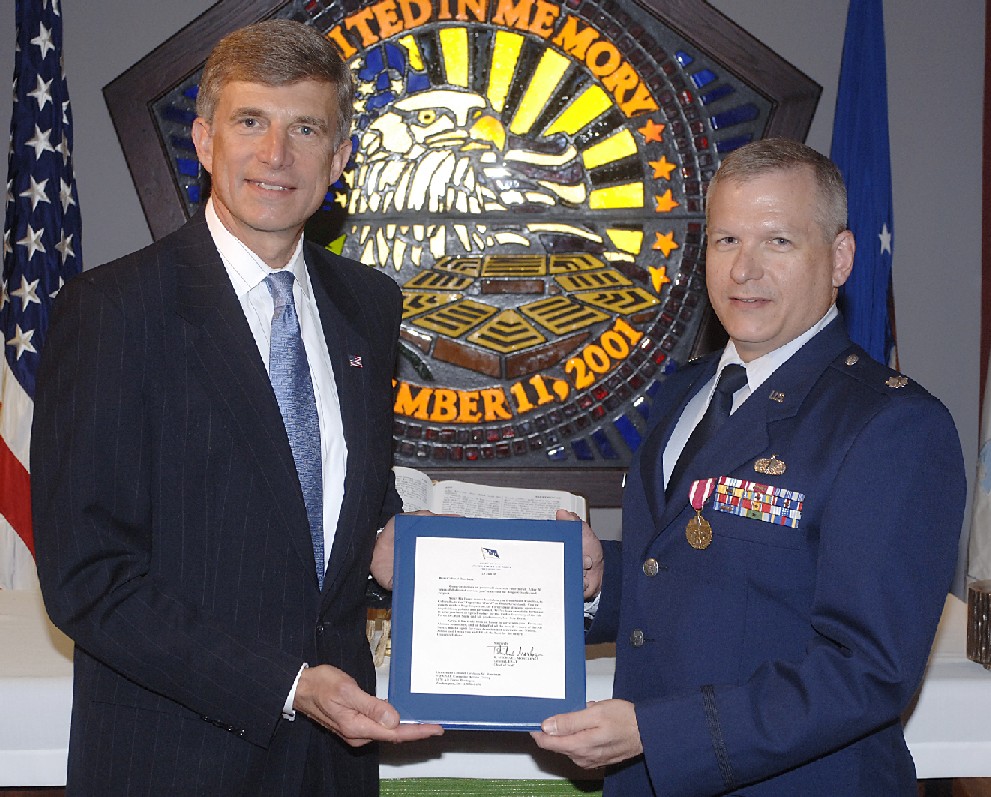I’m trying to be a better person, but it ain’t easy.
A couple of years ago, I decided that I would try — with all deference to Yoda and his “Do or do not, there is no try” advice, which is patently ridiculous — to implement a leadership principle I learned in the Air Force to my social media and other interactions. Specifically, that I would try to praise in public but correct in private.
In other words, I decided that I would try to avoid coming down hard on people in public — to not flame them in comments on their posts or hold them up personally to ridicule, and instead to try to find good things to say in public (or to say nothing at all, following the advice of Thumper’s mom). That is, if I thought someone needed to be corrected, I would try to do so privately: in person, perhaps, or at least in a private exchange of messages.
Which leads me to what I’ve come to call the “spinach in their teeth” test. When I hear people say things or see them post things on social media that I think warrant some form of correction, I’m trying to treat those people the same way I would if they had spinach in their teeth. I might be tempted to say nothing at all, but if I thought they needed to know I certainly wouldn’t stand up and announce to the world, “Hey, so-and-so has spinach in their teeth!” No, instead I would lean in and say softly, “Hey, looks as if you have some spinach in your teeth.” Correcting in private.
Because being corrected in public can make us pretty uncomfortable:

Being corrected in public can feel rather like being pulled on a scamnum. (Image: “G. Guidi, The correction of dislocations,” from Wellcome Images [UK] on Wikimedia Commons.)
I admit that I fail from time to time — probably more times than not. As I said, this self-improvement thing ain’t easy.
Does it work? Sometimes. I’ve had a few good conversations with people about various issues, though from what I can tell some of them still have bits of metaphorical spinach in their teeth. And that’s life: we can’t expect everyone to heed what we have to say, especially when it’s a corrective. (Lord knows I don’t heed all the corrections that come my way. [Please don’t look too closely at my teeth.])
At the very least, I hope that having these conversations privately, one-on-one, at least comes across better than broadcasting to the world. But maybe I’m just deluding myself.
What do you think? Is that leadership principle even valid anymore, in our social-media-saturated world? Because sometimes it’s hard to bite my tongue, or stop my fingers from typing out responses….
___
P.S. In case you’re interested, you can find more of my views on leadership in my novel, Walking on the Sea of Clouds, and in Quality Education. I’d be much obliged if you’d check them out! GR





